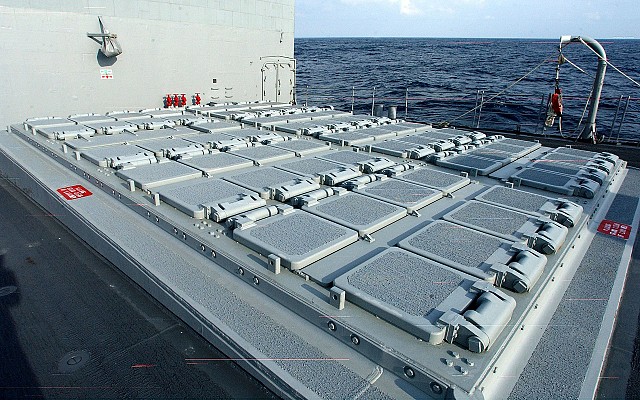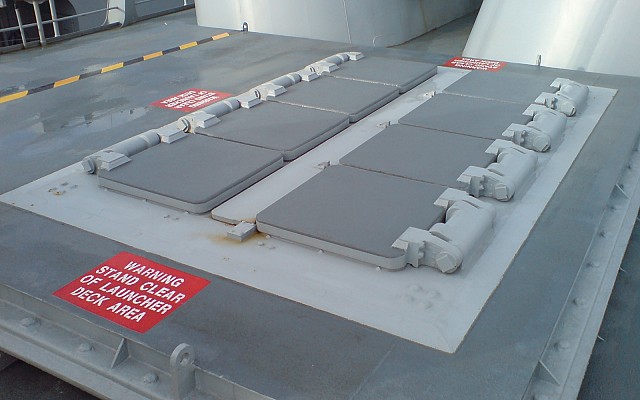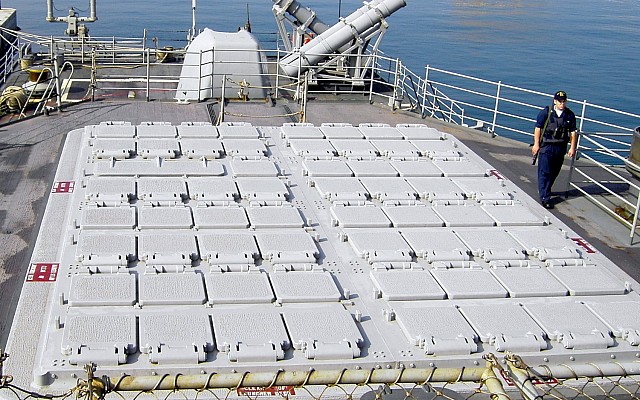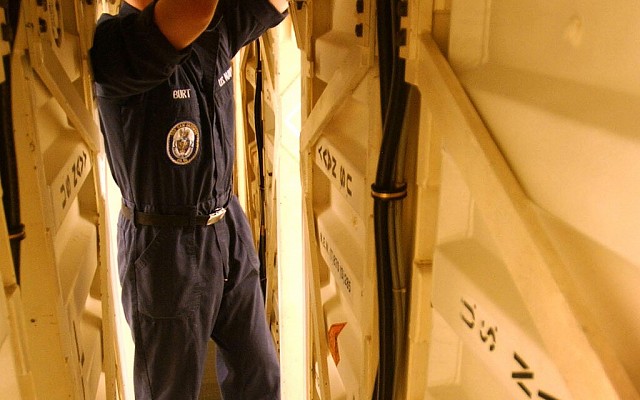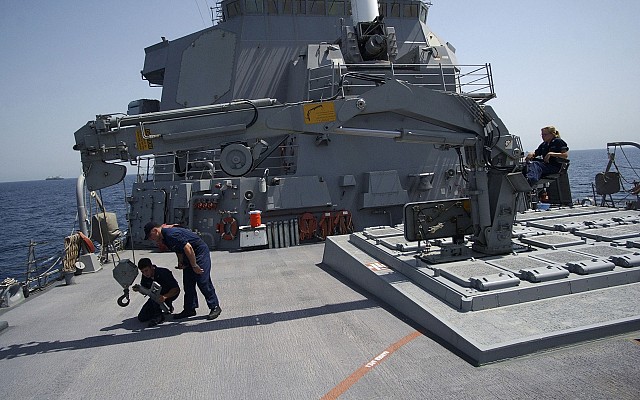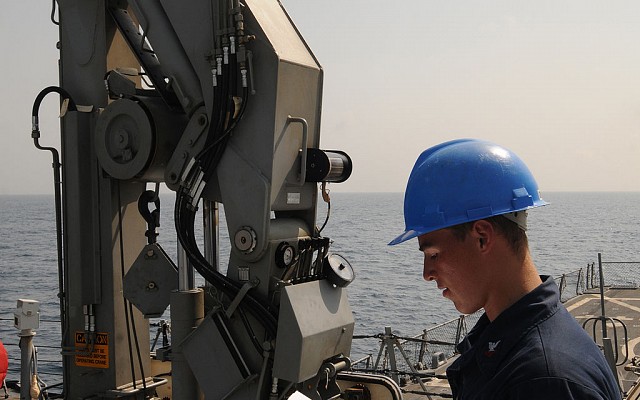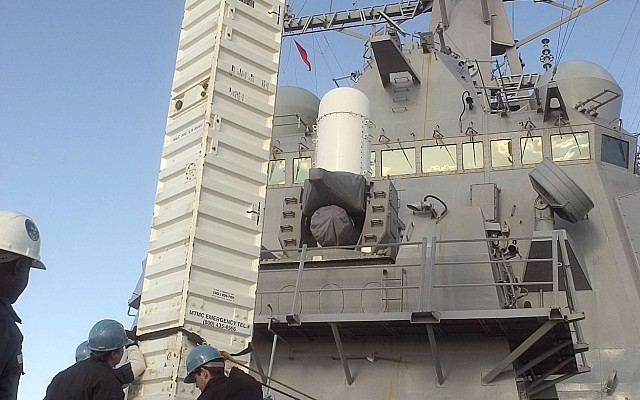Mark 41 VLS
Overview
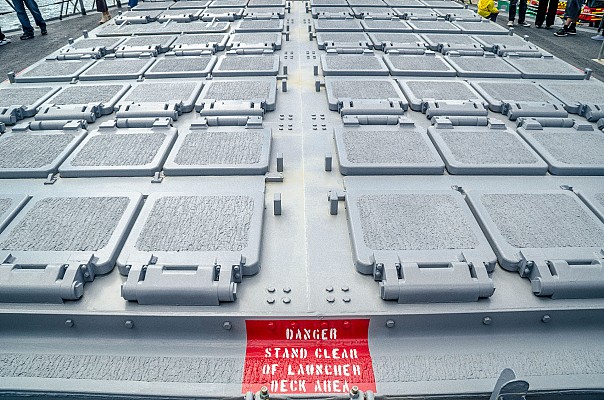
Mark 41 VLS with Strikedown crane
Top view of 61-cell Mark 41 VLS aboard Ticonderoga class cruiser USS Chosin. Note the larger 3-cell door for the Strikedown crane.
Source: Hpeterswald -
© CC BY-SA 3.0
Spain - Navantia
USD 70 million total program cost for 4x8 Strike length cells for Finland in 2023
USD 110 million total program cost for 8x8 Strike length cells for the Netherlands in 2023
Japan
Australia
Description
Introduction
The Mark 41 is a late Cold War era vertical launch system of US origin. It was developed since the early 1970's in order to replace mechanical launch systems that use one or two launch rails. The vertical launch system has the advantages of being more reliable, having a higher rate of fire, reduced total system weight and having the desired type of munition ready to fire at all times.
Design
The Mark 41 vertical launch system is a modular system in which the number of cells and the depth of cells are configurable. The Mark 41 is a hot launch system, which means that the rocket motor activates within the launch container. The cells are grouped in modules of eight cells. Multiple modules side-by-side create a single VLS. Each individual cell has its own cover. This remains closed until launch, protecting the missile cannister from the weather. Missile cannisters come in various lengths for a variety of short to very long range surface to air missiles, but also support ASW rockets and cruise missiles. Early VLS systems included a crane module that took up three cells for reloading the VLS at sea. This was found to be impractical and was omitted from later implementations.
Fire power
The Mark 41 allows for a missile to be launched every second. A much higher rate of fire than mechanical launchers. The length of the cell determines which weapons can be fitted. Strike length cells allow for all weapon types, including Tomahawk cruise missiles and long range surface to air missiles. Reduced depth cells are more suitable to smaller vessels, imposing less deck penetration, weight and cost on the design.
Fire control
The Mark 41 VLS interfaces with the missiles to provide initial targeting data. This includes the inertial navigation data for surface to air missiles to pivot towards the target before the (semi-)active seeker picks up the target. The high rate of fire of the Mark 41 VLS is especially valuable when protecting vessels from a volley of missiles that are intended to saturate an air defense system. Defense against a volley of missiles also requires a fire control system that can track, prioritize and illuminate multiple threats. Examples include the American AEGIS system and the Dutch APAR radar of the European Anti-Air Warfare package.
Platforms
Cruisers and destroyers with a dedicated area air defense role often feature two blocks of VLS with a total cell count of over 90 cells. Frigates and multipurpose destroyer designs often have a single block of 32 to 40 cells. For point-defense 16 and 8-cell VLS solutions are used. Note that all Mark 41 VLS sizes come in multiples of 8 cells due to the module design. Even a 61-cell VLS is actually a 64-cell design with three cells taken up by a foldable crane.
Users
The Mark 41 VLS was developed to meet a requirement of the US Navy, which remains the primary user to this day. The Mark 41 was used on various classes of ships, most notably the Ticonderoga class cruiser and Arleigh Burke class destroyer. Both classes have a VLS at the bow and at the stern. All Mark 41 VLS of the US Navy are Strike length. Various nations allied to the United States have acquired the Mark 41 as well. Often these use 40-cell, 32-cell or 16-cell solutions since their ships are smaller.
Variants
List of cell length options
List of cannisters types
Media
Munition options
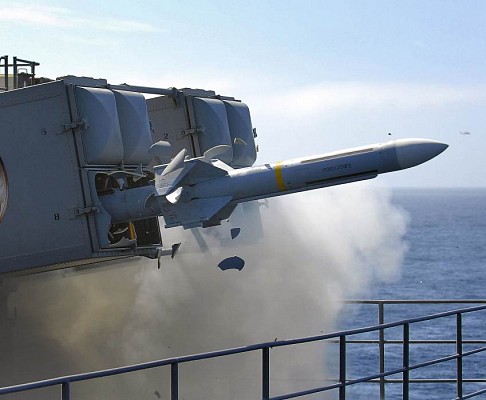
RIM-7 Sea Sparrow
Short range surface to air missile with semi-active homing seeker. Single missile per cell. Compatible Self-defense length or longer cells.
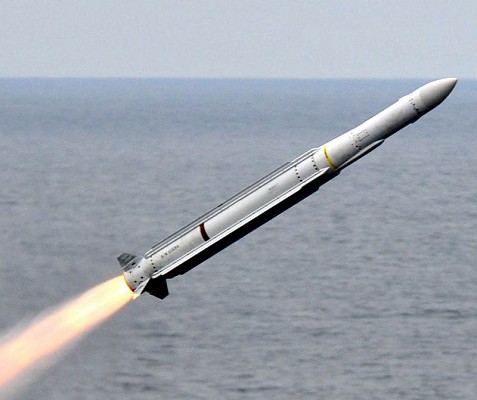
RIM-162 ESSM
Short to medium range surface to air missile with semi-active radar homing seeker. Commonly used with four missiles are quad-packed per cell. Alternatively one missile per cell. Compatible Self-defense length or longer cells.
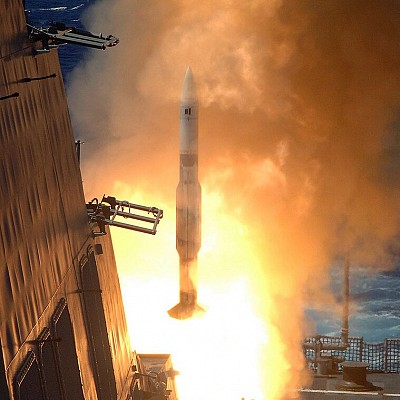
RIM-66 Standard SM-2MR
Medium range Standard missile with semi-active radar homing seeker. Single weapon per Strike length or Tactical length cell.
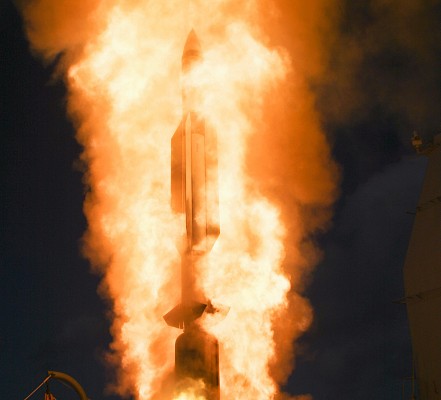
RIM-156 Standard SM-2ER
Long range Standard missile with semi-active radar homing seeker. Single missile per Strike length cell.
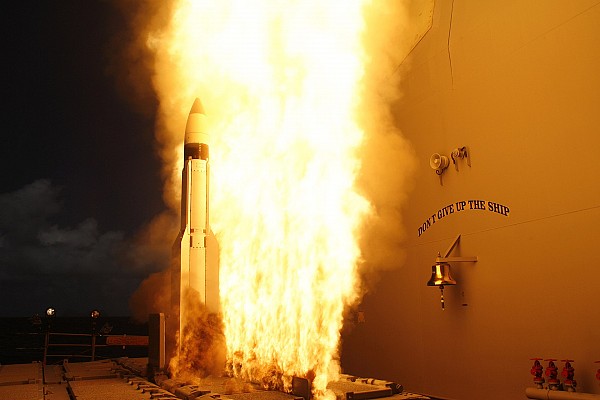
RIM-161 Standard SM-3
High altitude Standard surface to air missile for use short and medium range against ballistic missiles. Single missile per Strike length cell.
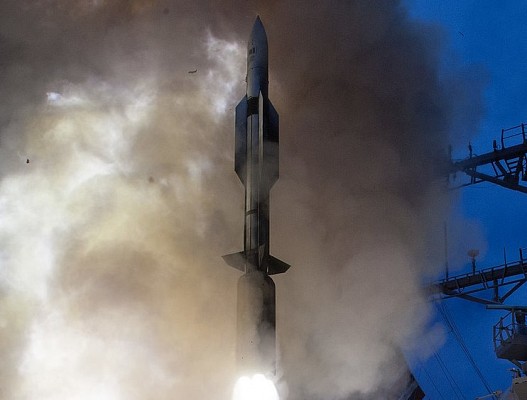
RIM-174 Standard SM-6 / ERAM
Extended range Standard surface to air missile with active homing seeker. Single missile per Strike length cell.
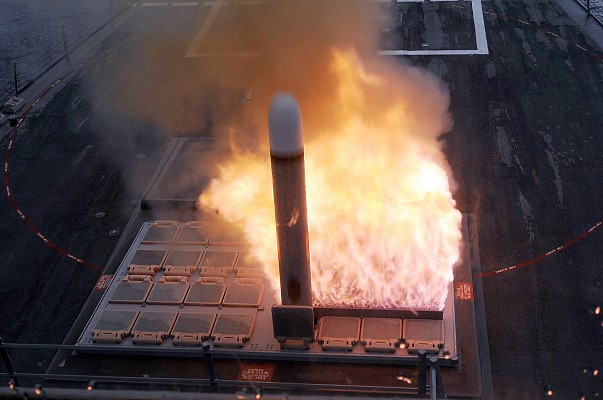
BGM-109 Tomahawk
Vertically launched land attack cruise missile. Single weapon per Strike length cell. The Tomahawk is the reason that the longer cells are named "Strike length".
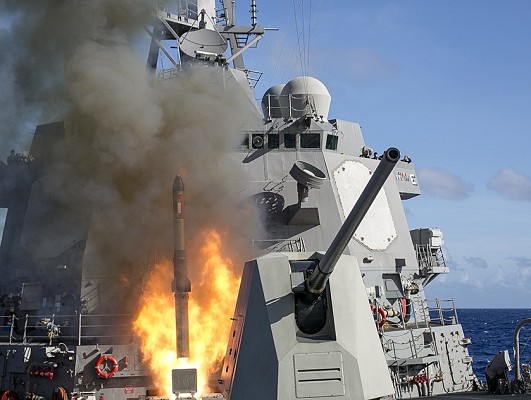
RUM-139 VL-ASROC
Rocket launched anti-submarine weapon with parachute launched lightweight torpedo as payload. Single weapon per Strike length or Tactical length cell.
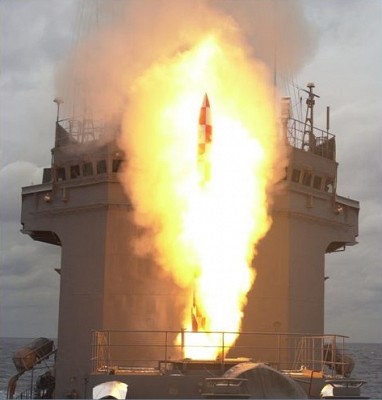
Type 07
Japanese rocket launched anti-submarine weapon similar to VL-ASROC. Fitted with Type 97 or Type 12 lightweight torpedo. Single weapon per cell, likely of Tactical length or longer.
Platforms
Note: incomplete list
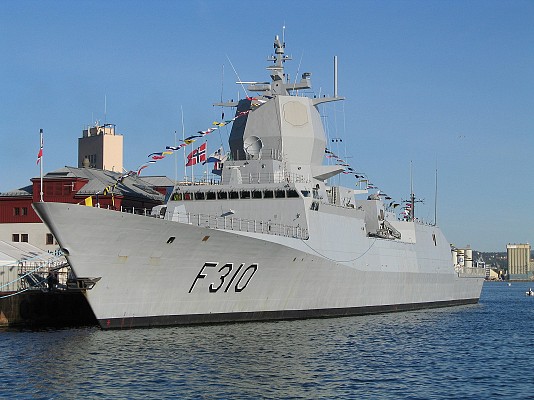
Fridtjof Nansen class
Danish class of multipurpose frigates. Five vessels in class.
Fitted with 8-cell Mark 41 VLS for 32 quad packed RIM-162 ESSM.
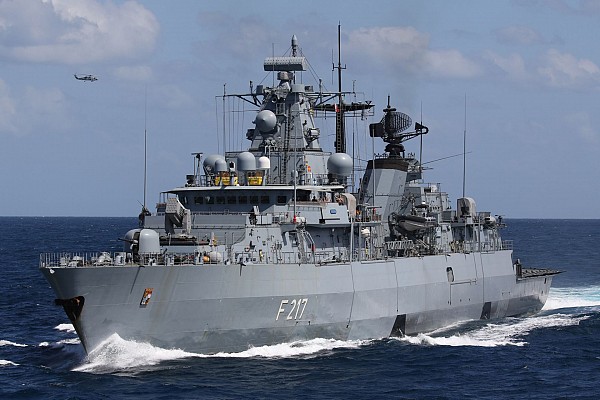
Brandenburg class
German class of anti-submarine warfare frigates. Four ships in class. Fitted with 16-cell Mark 41 Mod 4 VLS for RIM-7 Sea Sparrow. Since 2014 refitted for quad packed RIM-162 ESSM.
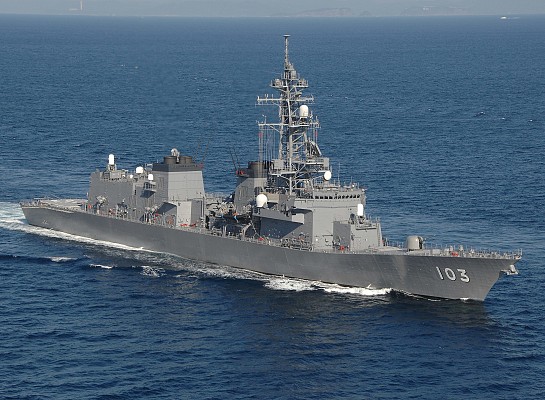
Murasame class
Japanese class of anti-submarine warfare destroyer. Nine vessels in class.
Fitted with Mark 41 Mod 9 VLS with 16-cells. All 16 cells are allocated to RUM-139 VL-ASROC. Uniquely, there is another type of VLS. There is a 16-cell Mark 48 VLS for RIM-7 Sea Sparrow.
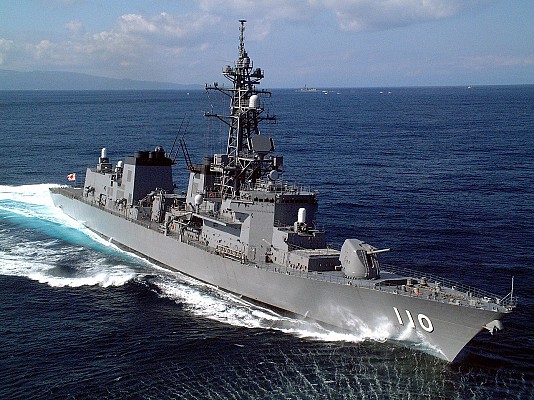
Takanami class
Japanese class of anti-submarine warfare destroyer. Five vessels in class.
Fitted with Mark 41 Mod 9 VLS with 32-cells. Weapon mix includes 16x RIM-7 Sea Sparrow (upon launch), quad packed RIM-162 ESSM (acquired later) and 16x RUM-139 VL-ASROC.
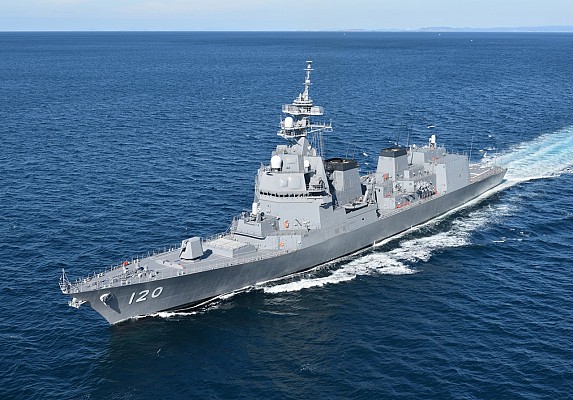
Asahi class
Japanese class of anti-submarine warfare destroyer. Two vessels in class.
Fitted with Mark 41 Mod 9 VLS with 32-cells. Weapon mix includes quad packed RIM-162 ESSM and Type 07 ASW rocket.
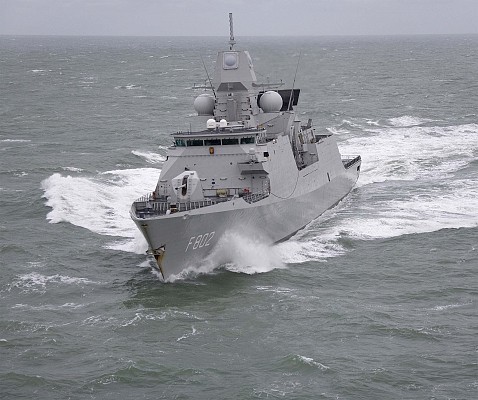
De Zeven Provinciën class
Dutch class of air defense frigates. Four vessels in class.
Fitted with 40-cell Tactical length Mark 41 VLS. Default weapon mix is 32 quad packed RIM-162 ESSM and 32 Standard SM-2MR.
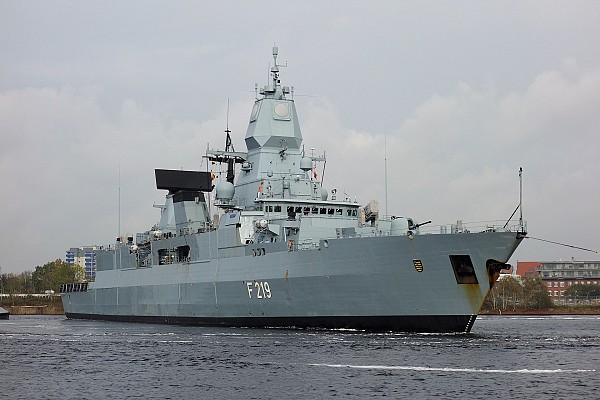
Sachsen class
German class of air defense frigates. Three vessels in class.
Fitted with 32-cell Mark 41 VLS. Default weapon mix is 32 quad packed RIM-162 ESSM and 24 Standard SM-2MR.
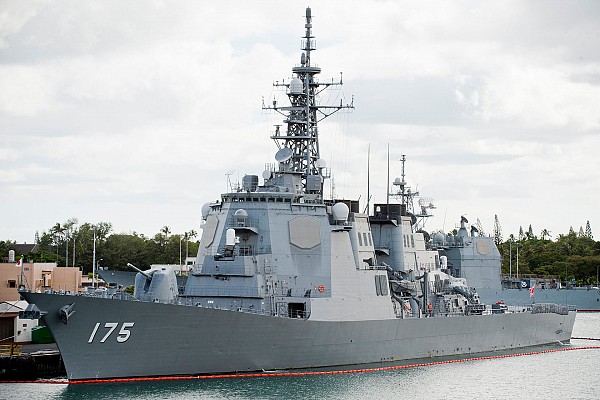
Kongo class
Japanese class of air defense destroyer. Four vessels in class.
Fitted with Mark 41 Mod 6 VLS with 61-cells at the bow and 29-cells aft. Weapon mix includes Standard SM-2MR, Standard SM-3 and RUM-139 VL-ASROC.
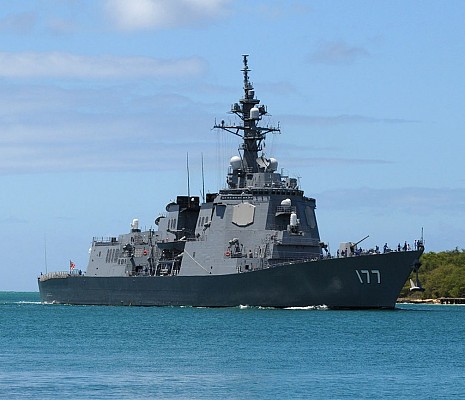
Atago class
Japanese class of air defense destroyer. Two vessels in class.
Fitted with Mark 41 Mod 20 VLS with 64-cells at the bow and 32-cells aft. Weapon mix includes Standard SM-2MR, Type-07 ASW rocket and RUM-139 VL-ASROC.
Ticonderoga class
American class of cruiser. Total of 27 vessels in class, of which 22 with Mark 41 VLS.
Fitted with two 61-cell Mark 41 VLS. Weapon mix includes Standard SM-2MR, SM-2ER, SM-3, RUM-139 VL-ASROC and BGM-109 Tomahawk.
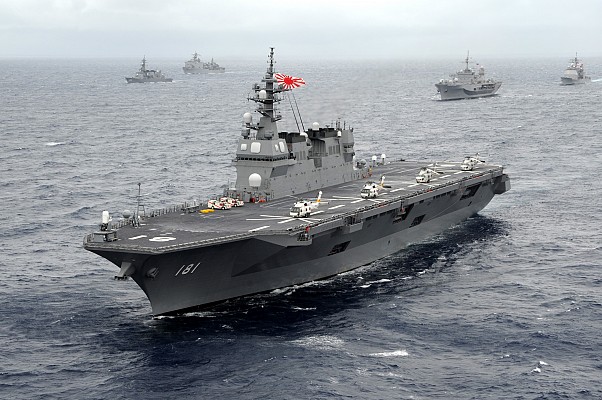
Hyuga class
Japanese class of helicopter destroyer. Two ships in class.
Fitted with 16-cell Mark 41 VLS. Weapon mix consists of 16x quad packed RIM-162 ESSM and 12x RUM-139 VL-ASROC.
